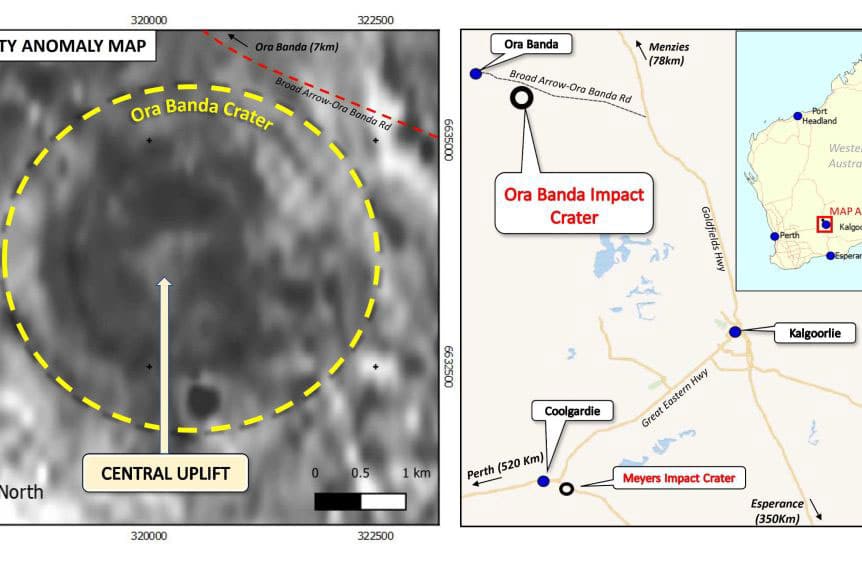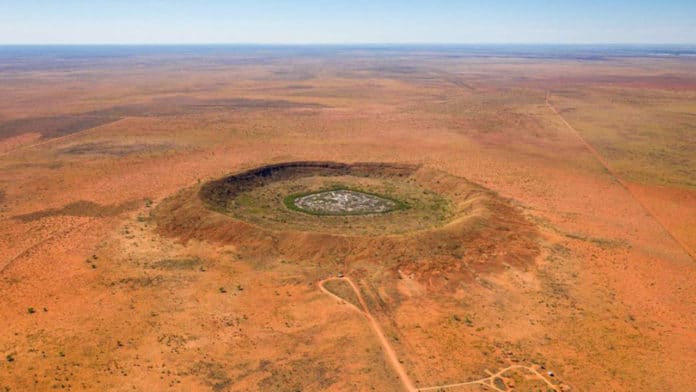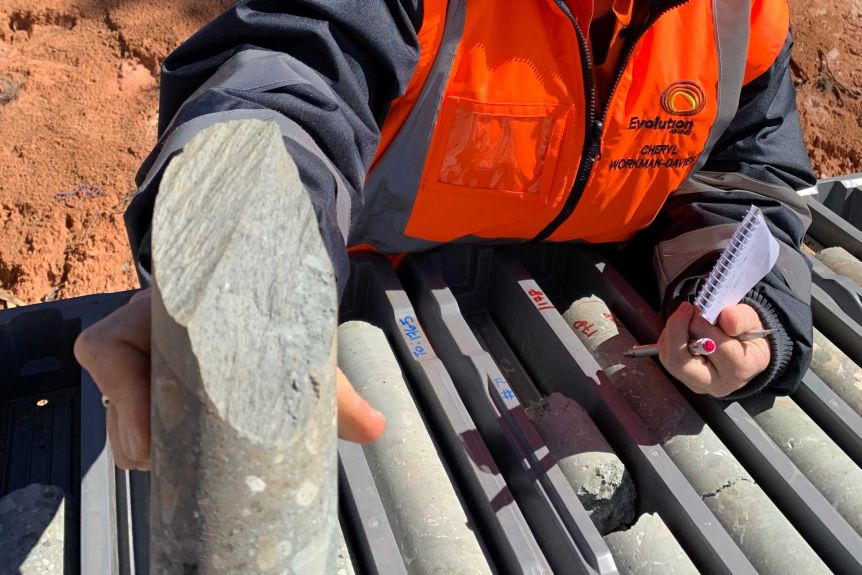A team of geologists led by geological consultant Dr. Jayson Meyers has discovered a large meteorite crater near the historic Goldfields mining town of Ora Banda in outback Western Australia. With a 5 KM diameter, the crater is believed to be the world’s largest meteorite craters.
Other modern techniques, such as electromagnetic and gravimetric mapping, were used to map the crater’s outer rim and central uplift. It is also found that the crater has a diameter of 5 Km.
The crater was found during Evolution Mining – Australia’s third-largest gold-mining company – was drilling for gold near the mining town of Ora Banda.

Perth-based geologist and geophysicist, Jayson Meyers, said, “The asteroid that made the crater would have been at least 100 meters wide. Based on its position and levels of erosion and some of the soil filling the sides, we estimate it could be around 100 million years old.”
“The rock samples had “tell-tale signs” of a meteorite strike, including what is known as “shatter cones,” which under a microscope look like shattered glass and form in a specific direction.”
“We were convinced and pretty excited from a technical standpoint — it doesn’t have a lot to do with the gold, it’s smashed the gold around a bit – but we can say hand over the heart that an asteroid hit this spot.”
Aaron Cavosie, from Curtin University’s Space Science and Technology Centre, said, “the process to verify and date a new crater is strict, but he concurred with Dr. Meyers’ initial assessment that the Ora Banda site is likely a meteorite crater. From my point of view, it’s pretty exciting … there’s a lot of indicators there that look pretty good.”
“We have to use specialized microscopes that peer down at things smaller than a human hair and look for that tell-tale sign of unique damage that’s only caused by high-pressure shock waves.”

